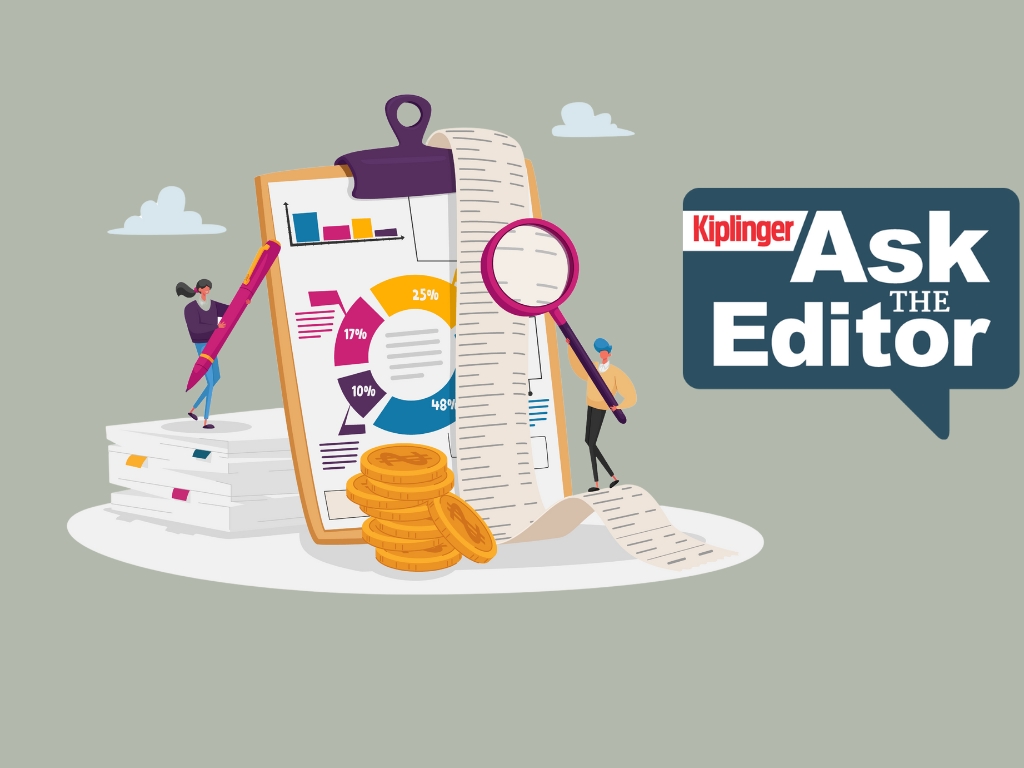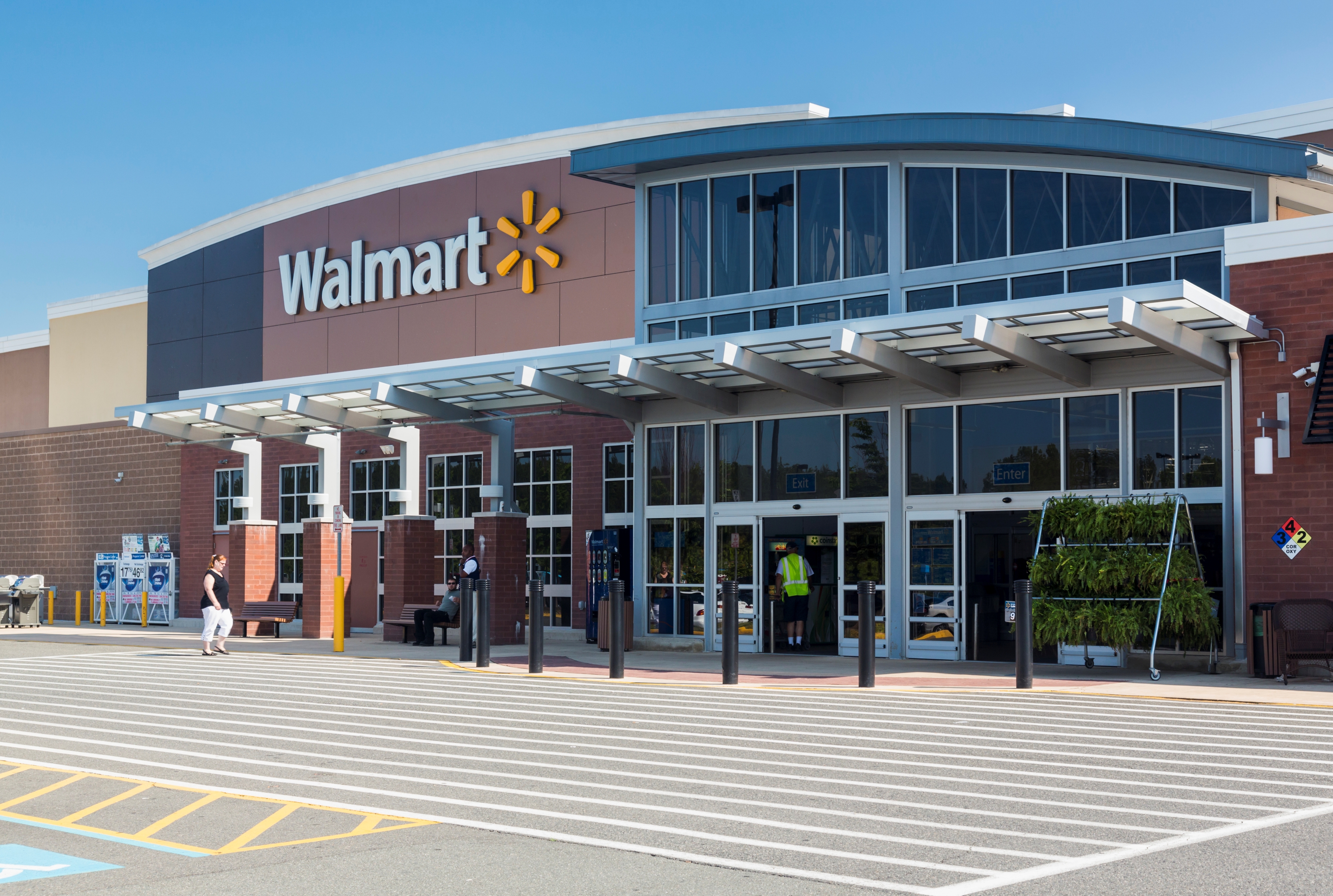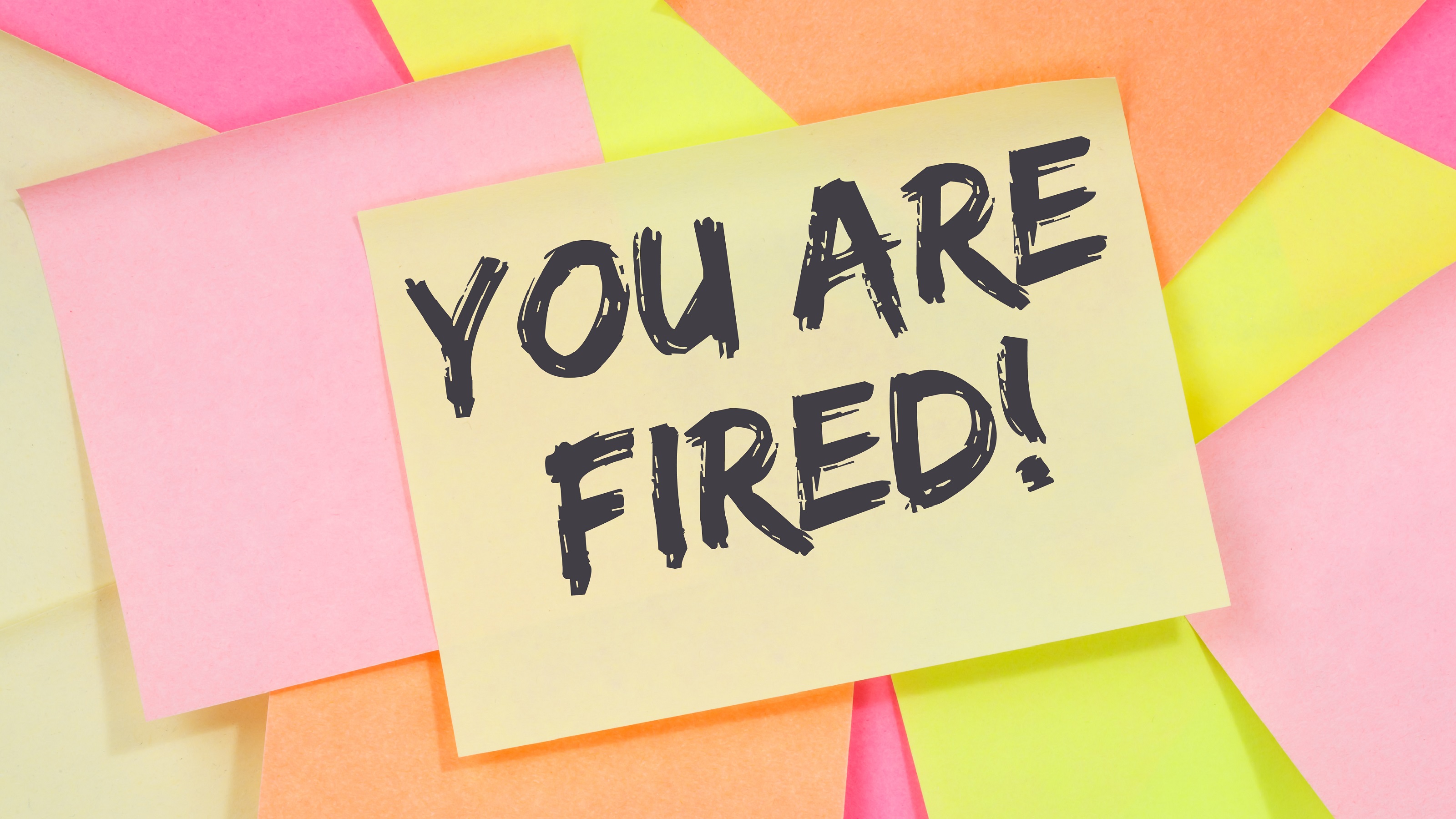Kiplinger Jobs Outlook: Hints of Future Slowdown in Robust April Job Gains
Job growth was stronger than expected, but mounting economic uncertainty will reduce hiring going forward.

Kiplinger’s Economic Outlooks are written by the staff of our weekly Kiplinger Letter and are unavailable elsewhere. Click here for a free issue of The Kiplinger Letter or to subscribe for the latest trends and forecasts from our highly experienced Kiplinger Letter team.
Employment grew by a robust 177,000 jobs in April, following similarly strong growth in March. Health care, transportation and warehousing, food services, and state and local government contributed the most. Temporary jobs rose, for only the third time in the past 36 months. Strong recent hiring will support consumer disposable incomes for now.
But there are warning signs of a future hiring slowdown as new tariffs take effect: Jobs at auto manufacturers and dealers declined, and hours worked in manufacturing as a whole were down half a percent. Retail employment was flat. Transportation and warehousing jobs only grew to handle the last-minute flood of imports before the tariffs hit, and will likely be flat going forward. Federal government jobs dropped by 9,000 in April, and should continue to trend down. Food service hiring will likely be modest, as it tends to reflect the strength or weakness of the overall economy. Tighter immigration enforcement should also have an effect in this sector.

Sign up for Kiplinger’s Free E-Newsletters
Profit and prosper with the best of expert advice on investing, taxes, retirement, personal finance and more - straight to your e-mail.
Profit and prosper with the best of expert advice - straight to your e-mail.
Expect consumer and business uncertainty to delay hiring plans. Hiring is often deferred when consumers are concerned about losing their jobs, or when businesses don’t know if there will be a positive return to investing in additional workers. Prior to the tariffs, we expected monthly job growth of about 150,000 new positions to continue. Now, that could fall to around 100,000, if enough employers decide to hold off on hiring while they sort out the effects of the new tariffs on both their businesses and the economy as a whole. And when hiring plans get put on hold, the unemployment rate tends to rise. We expect it to hit 4.5% by the end of the year, up from its current 4.2%.
The uncertainty and the looming economic slowdown will likely restrain pay gains. Annual wage growth slipped slightly, to 3.8% in April. This is likely to ease to 3.0% by December. The Federal Reserve would actually like to see annual wage gains come down, given that stronger wage growth makes it harder to bring overall inflation down to the Fed’s goal of 2%. Of course, if the Fed sees the unemployment rate on a steady upward trend, and a significant economic slowdown taking shape, it may cut interest rates regardless of what inflation is doing.
Consumer and business uncertainty is likely to upset hiring plans. Hiring is often delayed when consumers are concerned about losing their jobs, or when businesses don’t know if there will be a positive return to investing in additional workers. Prior to the recent drama over tariffs, we expected monthly job growth of about 150,000 new positions to continue. Now, that could fall to around 100,000, if enough employers decide to hold off on hiring while they sort out the effects of the new tariffs on both their businesses and the economy as a whole. And when hiring plans get put on hold, the unemployment rate tends to rise. We expect it to hit 4.5% by the end of the year, up from its current 4.2%.
The uncertainty and the possible economic slowdown will likely restrain pay gains. Annual wage growth slipped a bit, to 3.8% in March. The Federal Reserve would actually like to see annual wage gains come down to below 3.5%, given that stronger wage growth makes it harder to bring overall inflation down to the Fed’s goal of 2%. The Fed would also like monthly job gains to continue to average 150,000, a level that would suggest the labor market won’t overheat again. Of course, if the Fed sees the unemployment rate on a steady upward trend, and a significant economic slowdown taking shape, it may cut interest rates regardless of what inflation is doing.
Related Content
Get Kiplinger Today newsletter — free
Profit and prosper with the best of Kiplinger's advice on investing, taxes, retirement, personal finance and much more. Delivered daily. Enter your email in the box and click Sign Me Up.

David is both staff economist and reporter for The Kiplinger Letter, overseeing Kiplinger forecasts for the U.S. and world economies. Previously, he was senior principal economist in the Center for Forecasting and Modeling at IHS/GlobalInsight, and an economist in the Chief Economist's Office of the U.S. Department of Commerce. David has co-written weekly reports on economic conditions since 1992, and has forecasted GDP and its components since 1995, beating the Blue Chip Indicators forecasts two-thirds of the time. David is a Certified Business Economist as recognized by the National Association for Business Economics. He has two master's degrees and is ABD in economics from the University of North Carolina at Chapel Hill.
-
 Ask the Editor, May 16 — Reader Questions on Capital Gains
Ask the Editor, May 16 — Reader Questions on Capital GainsIn our latest Ask the Editor round-up, Joy Taylor, The Kiplinger Tax Letter Editor, answers three questions from readers on capital gains.
-
 Delta’s New Fare Changes: What Travelers Need to Know
Delta’s New Fare Changes: What Travelers Need to KnowHere’s what travelers need to know about Delta’s fare changes before booking their next flight.
-
 Delta’s New Fare Changes Just Made Booking Flights and Earning Miles More Complicated
Delta’s New Fare Changes Just Made Booking Flights and Earning Miles More ComplicatedHere’s what travelers need to know about Delta’s fare changes before booking their next flight.
-
 United Airlines Raises the Bar with New Business Class Suites
United Airlines Raises the Bar with New Business Class SuitesDiscover how United's new Polaris Studio suites redefine luxury and comfort on long-haul flights.
-
 Walmart Raising Prices Soon — Here’s Which Products Will Cost You More This Summer
Walmart Raising Prices Soon — Here’s Which Products Will Cost You More This SummerIf you heard about Walmart raising prices, here are the key details you need to know ahead of your next shopping trip.
-
 I'm an Insurance Pro: How Not to Get Dumped by Your Insurance Agent
I'm an Insurance Pro: How Not to Get Dumped by Your Insurance AgentYour insurance agent or broker might show you the door if you do any of these five things. Being a good customer is about more than paying your bill on time.
-
 How Capital One Venture X's Travel Perks Make the Fee Worth It
How Capital One Venture X's Travel Perks Make the Fee Worth ItTravel Cards Travel cards, like the Capital One Venture X come with a sizable annual fee. Here are four ways to offset it.
-
 Hail Damage Insurance Claims: Is Filing Worth the Cost and Hassle?
Hail Damage Insurance Claims: Is Filing Worth the Cost and Hassle?Before filing a hail damage insurance claim, understand the potential costs, risks and whether it’s worth the effort. Learn when to file and when to pay out of pocket.
-
 Five Water Damage Risks Homeowners Forget About — and Why Insurance Won’t Always Cover Them
Five Water Damage Risks Homeowners Forget About — and Why Insurance Won’t Always Cover ThemWater damage is one of the most common — and costly — home repairs. Here's what your policy may not protect against, and how you can avoid major headaches.
-
 What to Expect as Tariffs Reach Cars
What to Expect as Tariffs Reach CarsHigher vehicle prices and delayed repairs are among the potential effects.
